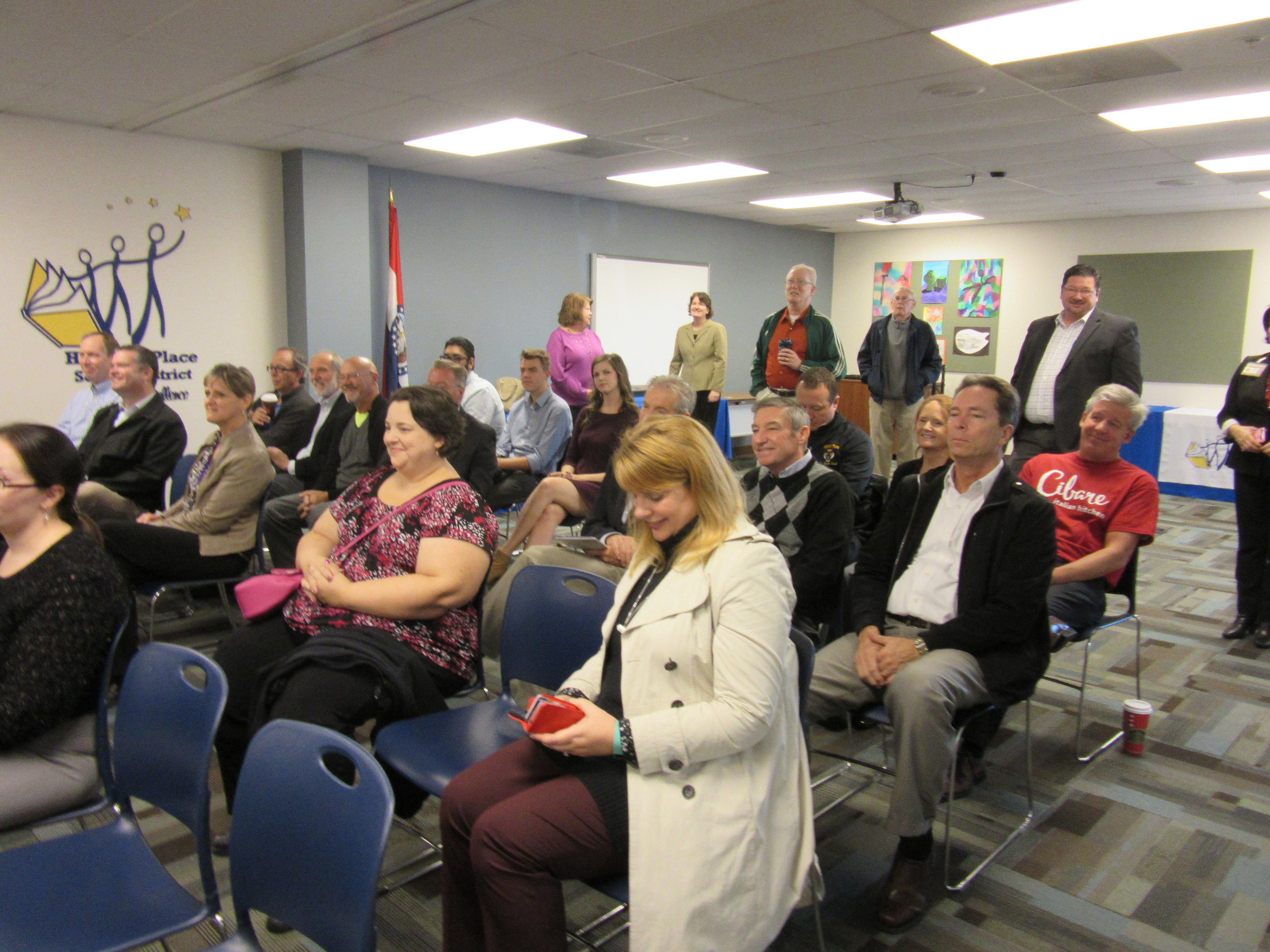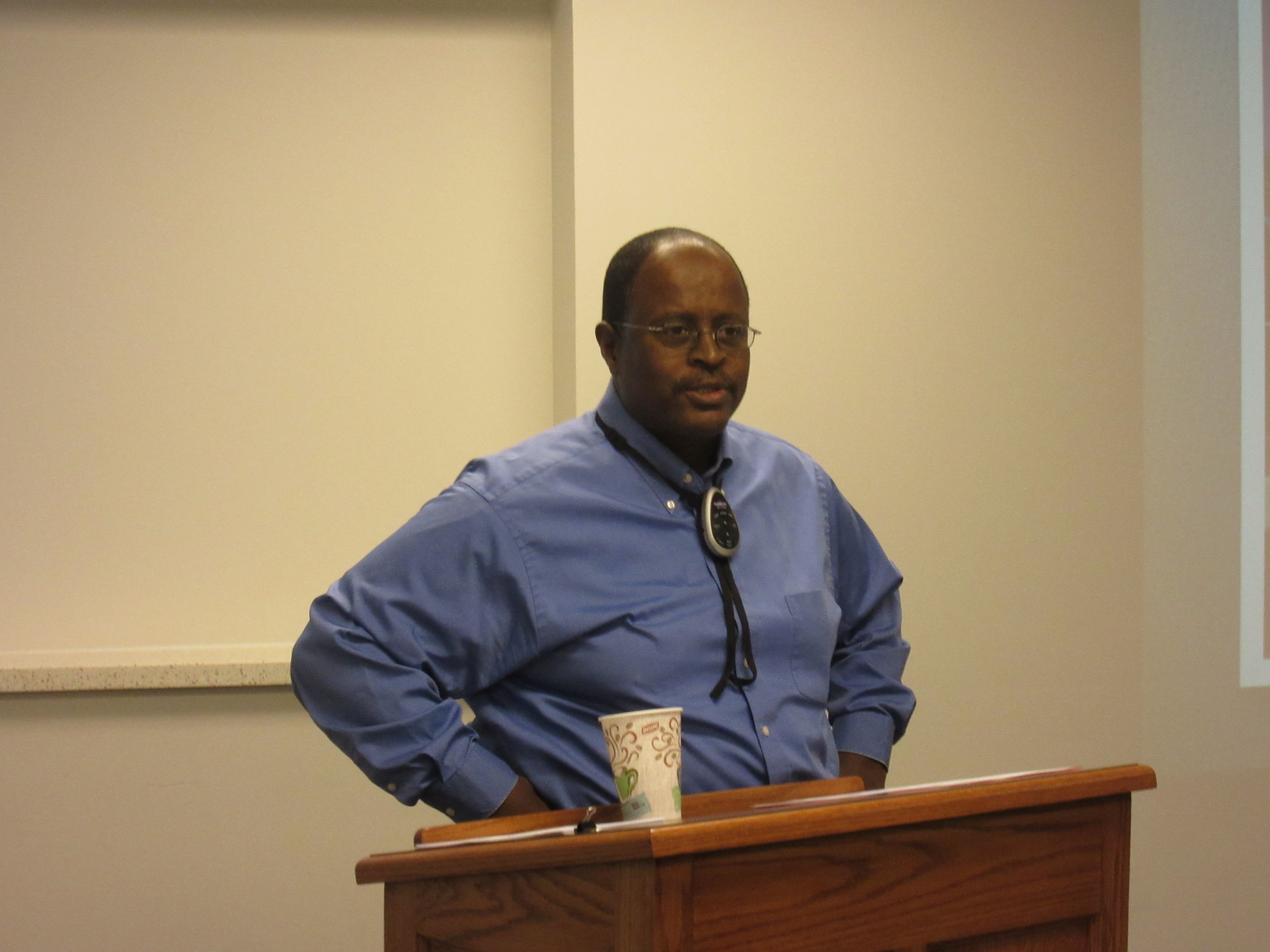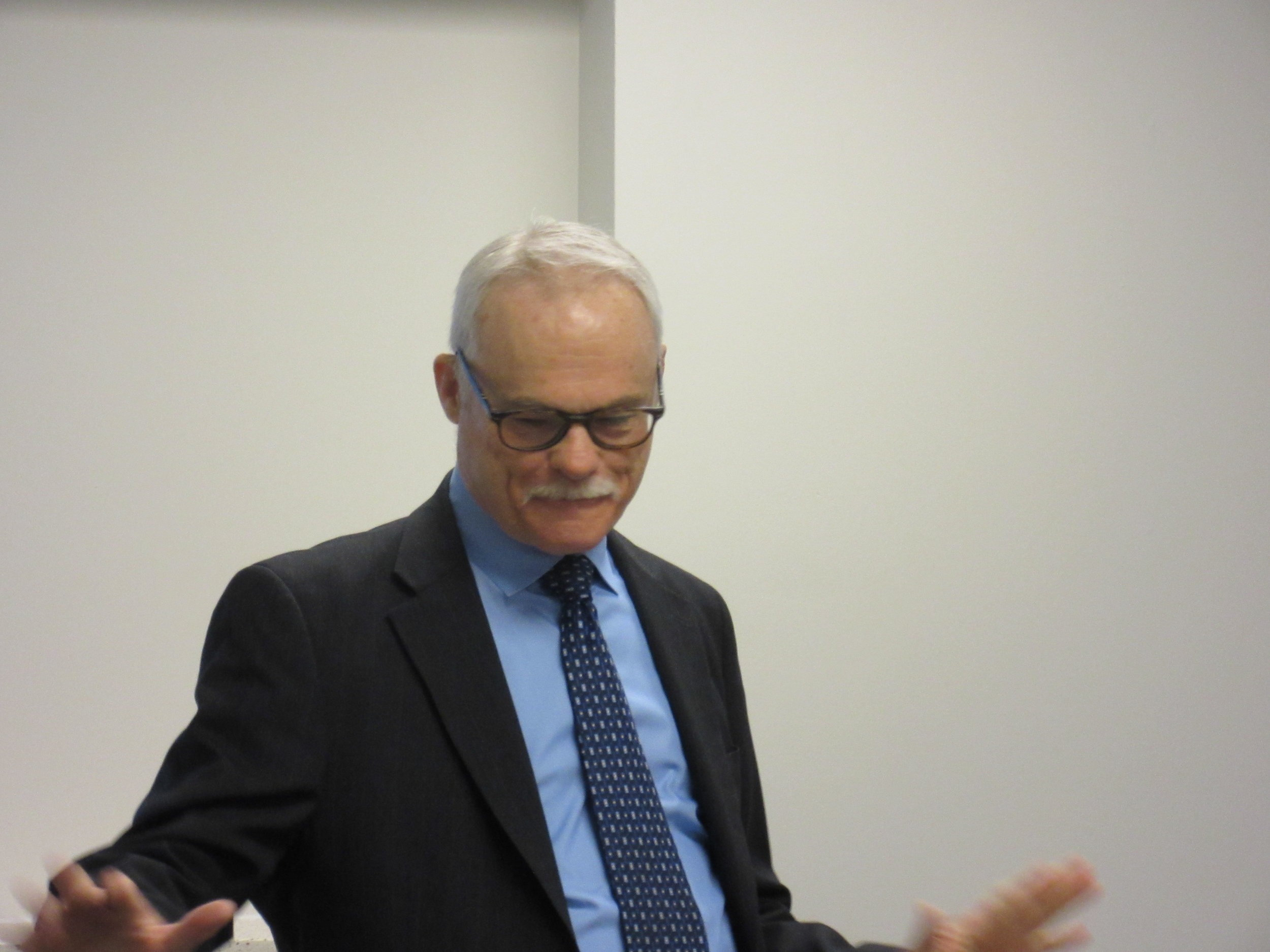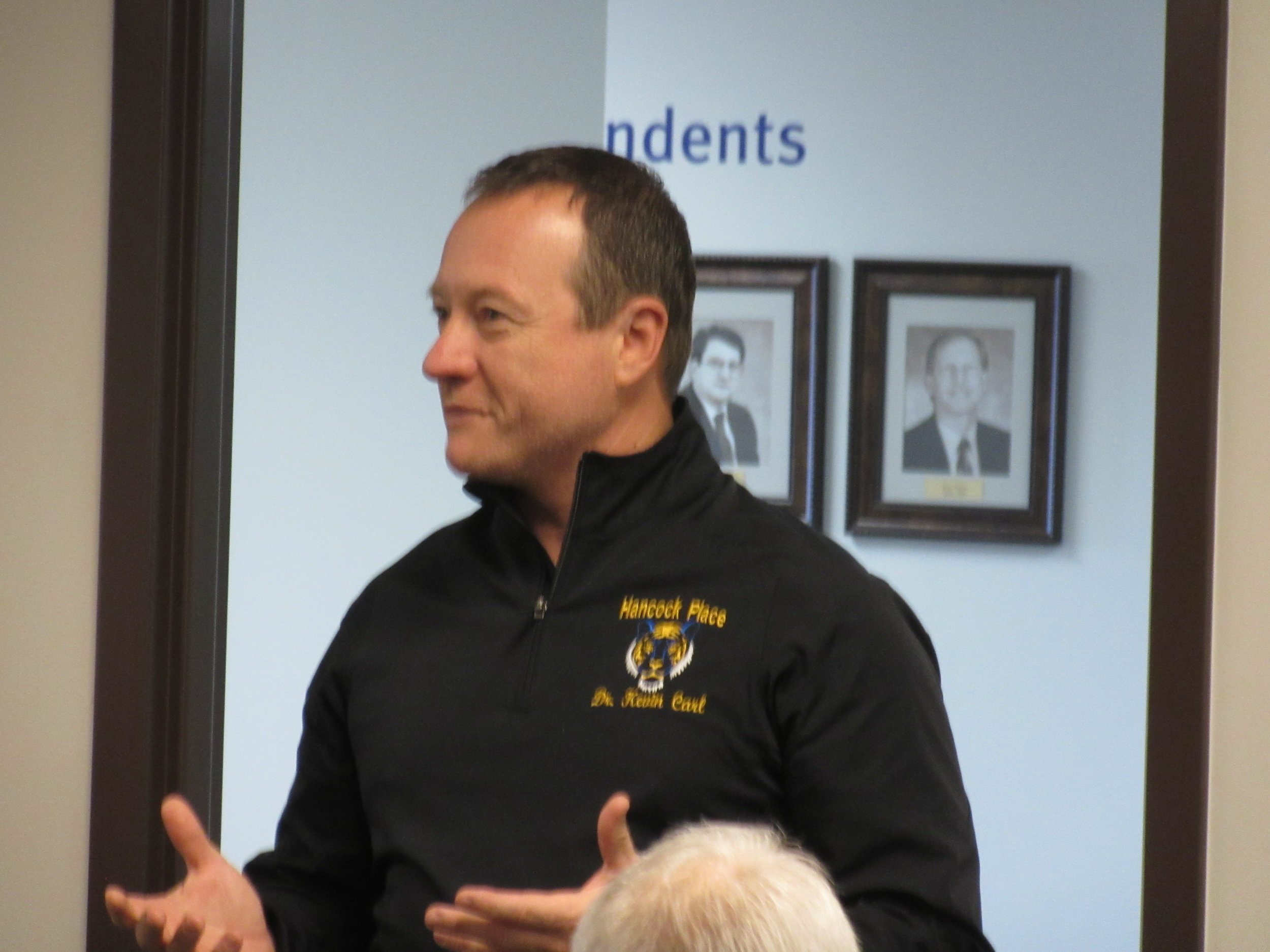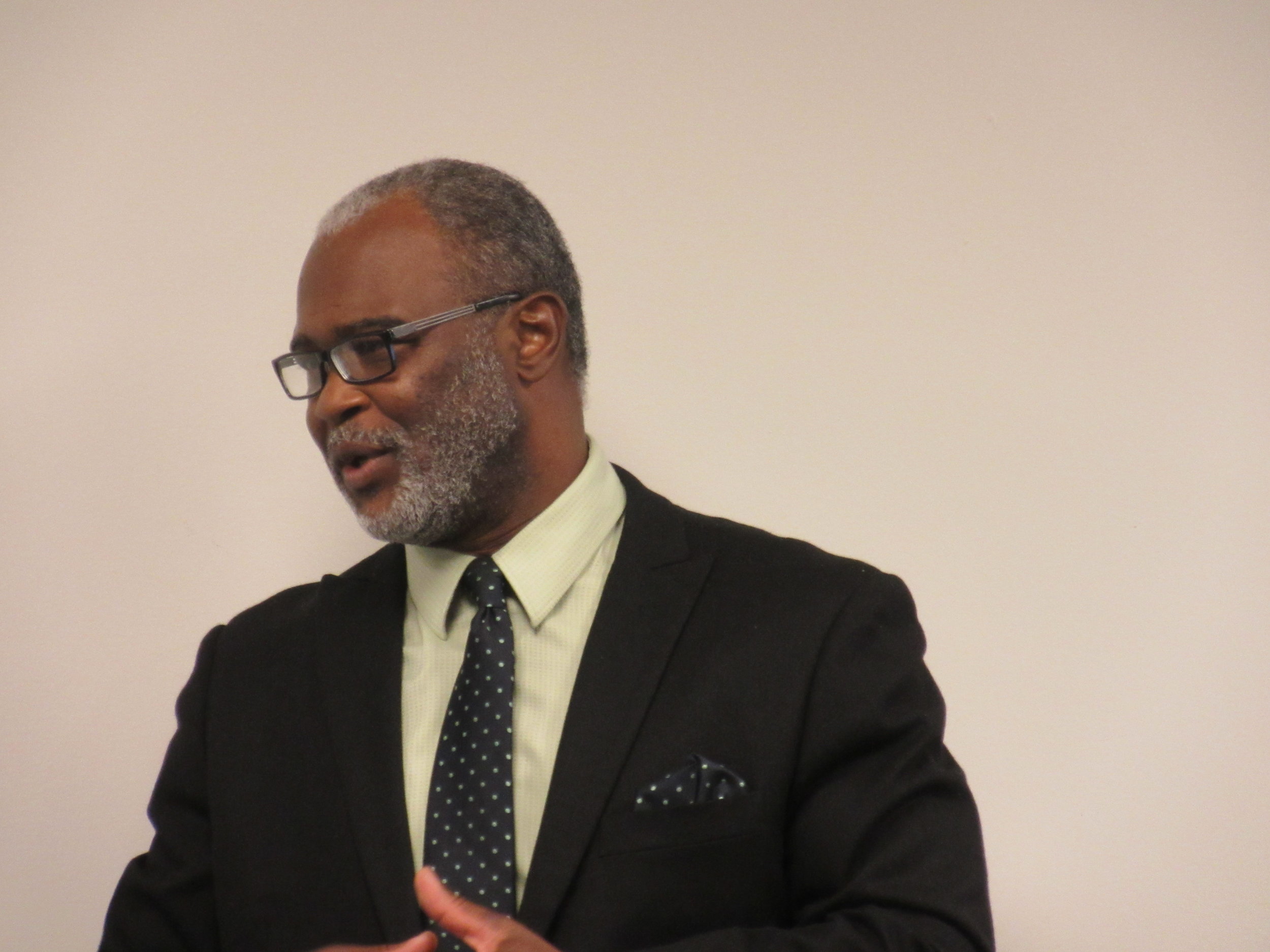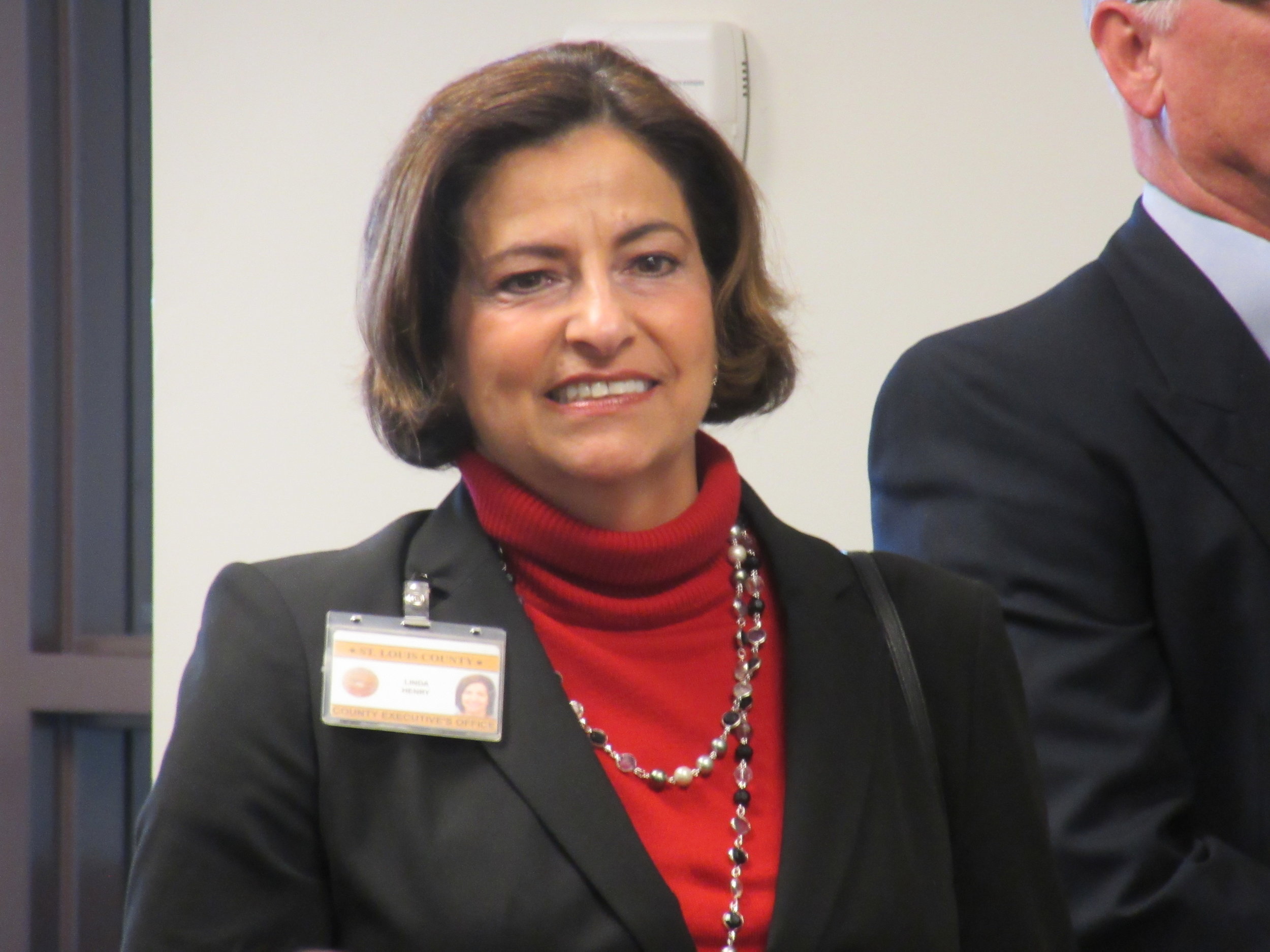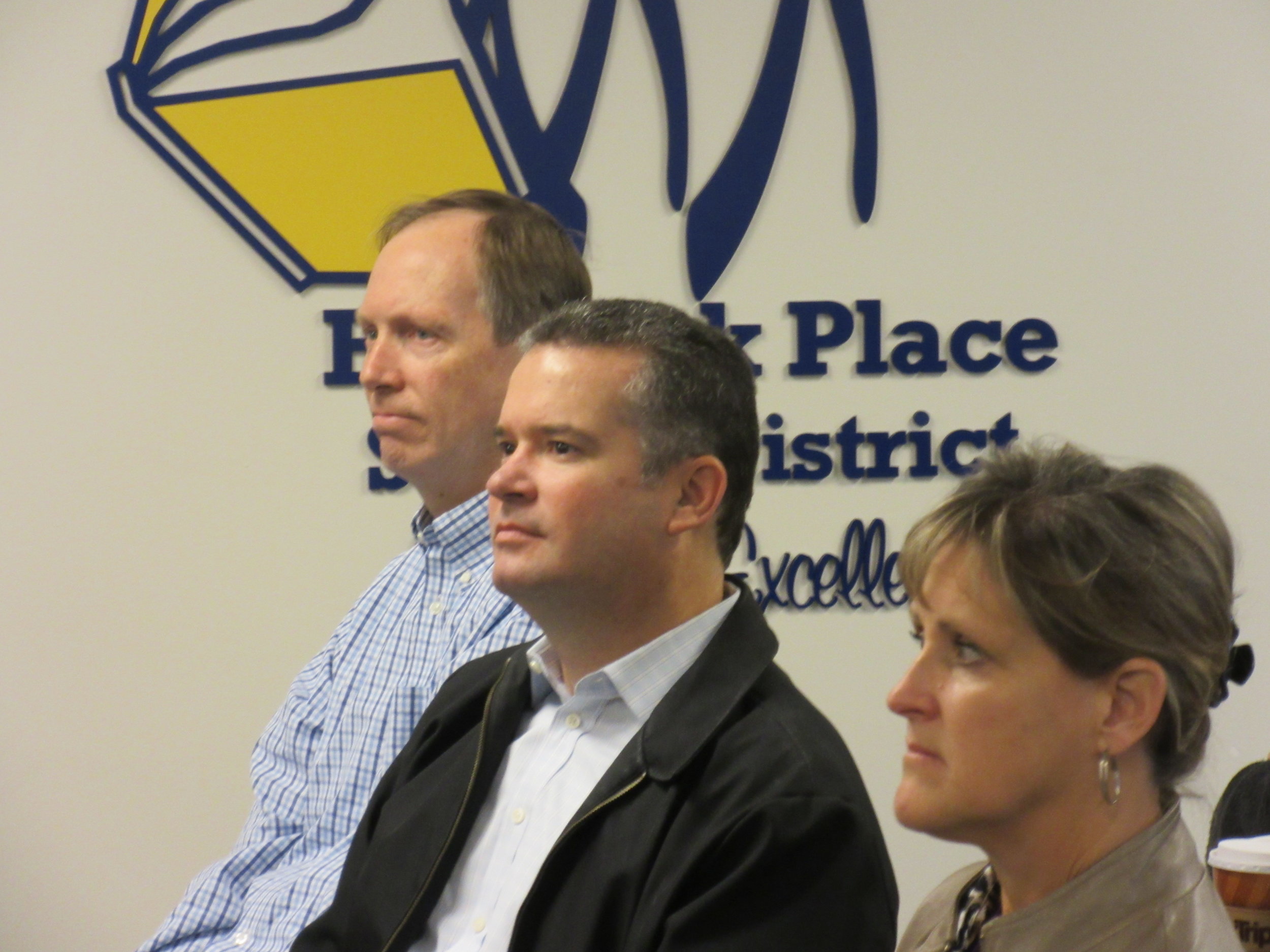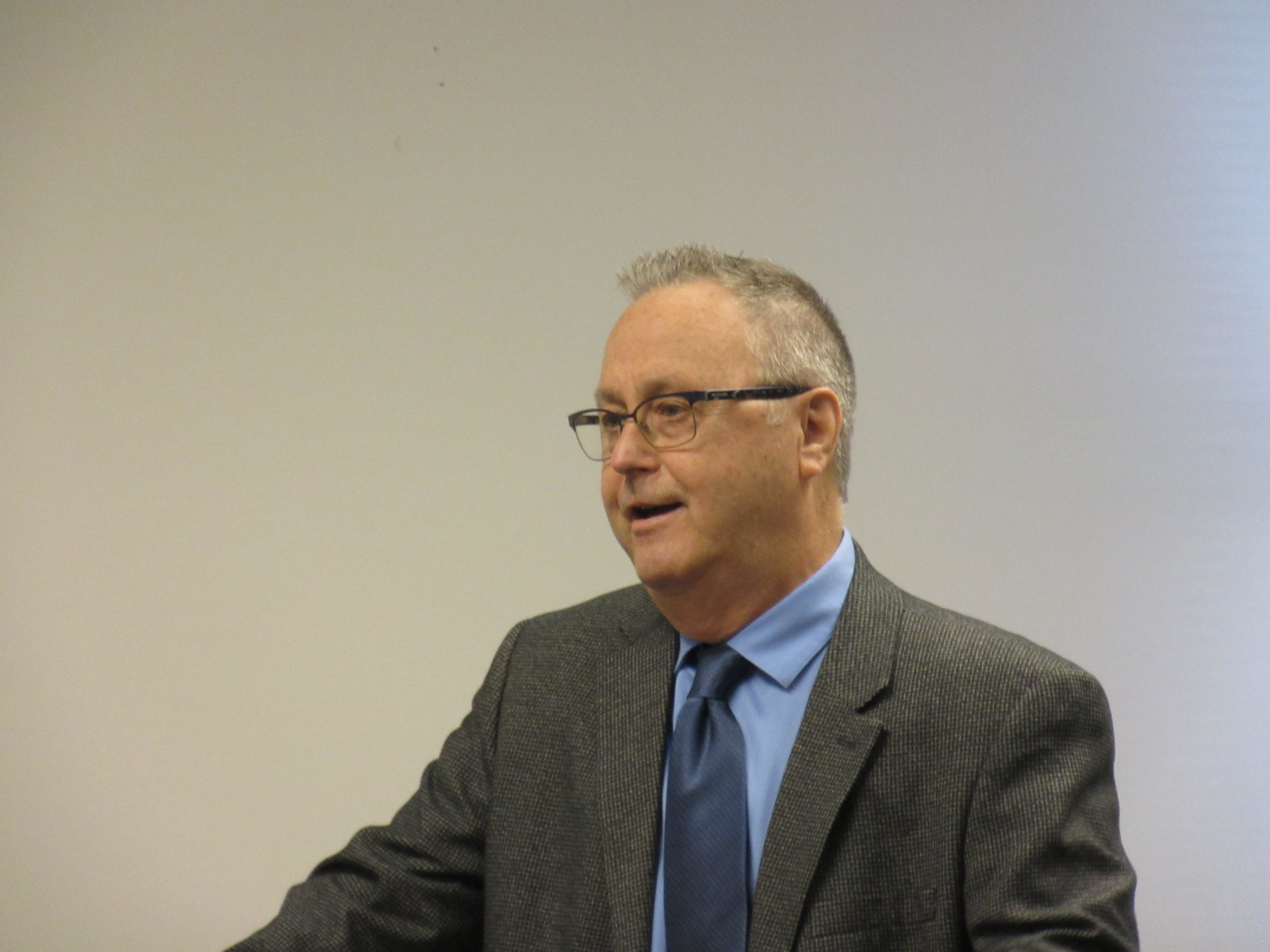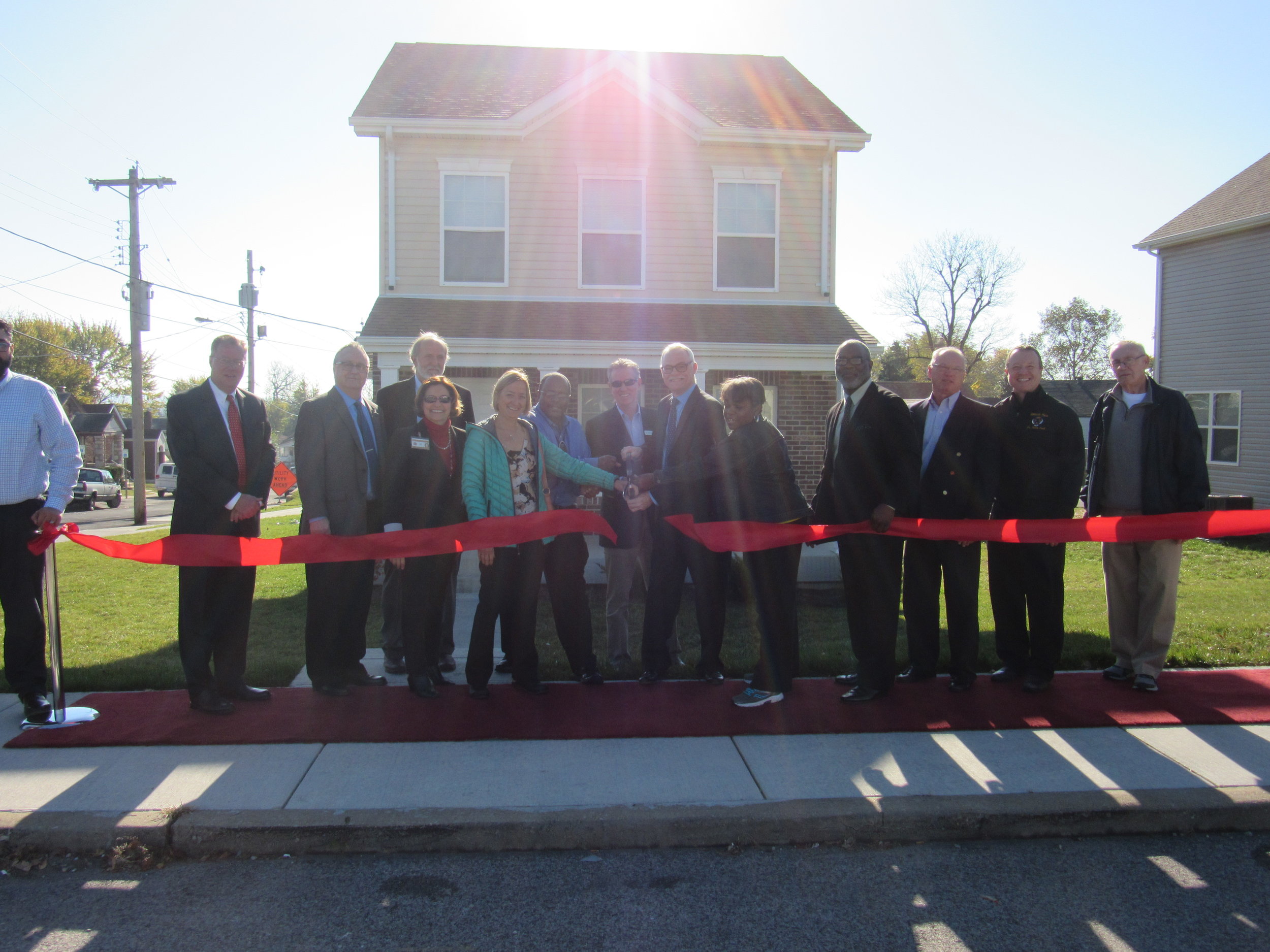By Bill Hart, Executive Director of the Missouri Alliance for Historic Preservation (Missouri Preservation)
Through my work with the non-profit Missouri Alliance for Historic Preservation, I am asked almost daily about funding possibilities for historic buildings. A few grants are available to non-profits through government agencies and private foundations. Options for the individual property owner, however, are much more limited. The Historic Preservation Tax Credit is typically the one financial incentive I can offer someone interested in preserving or repurposing a historic building in Missouri. This tax credit is the only program that makes historic preservation and economic development one and the same.
Historic Preservation Tax Credits have been used to renovate and reuse historic buildings, promote neighborhood stabilization efforts, and support local economies for 50 years. The Federal Credit, established in 1976, has helped communities nationwide transform the appearance and economic health of urban cores and small towns. It has allowed our country to see historic preservation not only for its intrinsic value, but for its capacity to spur economic development and vitality. The Federal Credit has been limited to income-producing properties since 1984, but continues to encourage smart development and has stimulated over $78 billion in private investment, representing the renovation and reuse of over 41,250 historic buildings. Today, the Federal Historic Preservation Tax Incentive Program allows a 20 percent credit on qualified rehabilitation expenses (QREs).
Missouri is one of over 30 states to offer a tax credit for historic building rehabilitation. Missouri’s Historic Preservation Tax Credit (HPTC), installed in 1997, is administered by the state’s Department of Economic Development and offers a 25 percent credit for QREs. Missouri’s credit is for commercial and residential buildings, and is available not only to developers with income-producing properties, but also to individual home owners and small developers looking to rehabilitate historic buildings for return to the market.
Since its inception, the State Tax Credit has been used in nearly 3,000 projects statewide and has incited over $8 billion in private investment—dollars that are spent on historic building stock before any tax relief is issued. Unlike some grant programs, use of HPTCs is neither prioritized or politicized. If an application is granted and the applicant follows accounting and design guidelines, the home owner or developer is guaranteed to receive the credits. Many states have crafted their own historic tax credit programs using Missouri’s as a model.
The Missouri HPTC is an excellent economic development and neighborhood stabilization tool. David Listokin and his group of researchers at the Center for Urban Policy Research at Rutgers University report that historic preservation surpasses both new construction and highway building in creating jobs, increasing household income, and raising revenue from both state and local taxes. Additionally, investment in rehabilitation keeps on giving. New construction generally requires about 50 percent building materials and 50 percent labor, while rehab uses 60 or 70 percent labor. This labor intensity affects a community’s economy on two levels. We buy materials from all over the nation, but to purchase the labor of a plumber or electrician, we go across the street. Once purchased, materials don’t spend any more money. But the plumber gets a haircut on the way home, buys groceries, and joins the YMCA—so his or her paycheck recirculates within the community.
Washington, D.C.-based PlaceEconomics recounts surprising findings on the economics of building rehabilitation versus manufacturing. They report that one million dollars of manufacturing output in Missouri will add on average about $470,000 to household incomes. But one million dollars in rehabilitation will add nearly $704,000.
Some might argue that job creation is over once building renovation is complete, but PlaceEconomics Principal Donovan Rypkema has two responses to that: “First, real estate is a capital asset—like a drill press or a box car. It has an economic impact during construction, but a subsequent economic impact when it is in productive use. Additionally, since most building components have a life of between 25 and 40 years, a community could rehabilitate 2 to 3 percent of its building stock per year and have perpetual employment in the building trades.” And these are jobs that can’t be shipped overseas.
Missouri’s HPTC was instituted without a yearly dollar amount limit on credit-supported rehabilitation, but has since been capped twice, with today’s cap at $140 million. That limit has not been reached in the years since the 2008 economic crisis. But during the first half of fiscal year 2016-2017, we have already reached over $100 million, with over half a year left to go. Simultaneously, there is movement within the legislature to impair or eliminate the HPTC program. Senate Bill 6, sponsored by President Pro Tempore of the Senate Ron Richard, proposes an additional cap of $20 million. Senate Bill 226, sponsored by Senator Andrew Koenig, suggests eliminating tax credits altogether. State Representative Kathy Swan is almost certain to reintroduce a perennial bill requiring all tax credits be awarded based on a yearly budget allocation. Whatever happens, we face a tough battle in the state legislature to keep our HPTC intact.
I encourage you to lend your voice physically and economically to saving our Historic Preservation Tax Credit. Contribute to the lobbying effort at historicmo.org or support Preservation Day at the Capitol on February 1st.
***
Bill Hart joined the staff of the Missouri Alliance for Historic Preservation (Missouri Preservation) in 2008 as its first full-time Field Representative. Since then he has logged thousands of miles visiting every one of Missouri’s 114 counties and bringing boots-on-the-ground preservation services to Missouri communities. He has conducted workshops on historic building materials and conservation, historic recognition programs, heritage tourism, tax credits, and the economic benefits of historic preservation. He has worked to enlarge and strengthen Missouri Preservation’s Local Liaisons Program, seeking to identify a preservation point person in every county. Through his work in identifying emerging issues and providing advocacy for endangered resources, he has been instrumental in forming Missouri’s first historic barn alliance.
Bill was named Executive Director of Missouri Preservation in 2014. He holds a Bachelor of Science degree in Historic Preservation from Southeast Missouri State University, where he was inducted into the Sigma Pi Kappa honor society for history. He did his graduate work in Architectural History at the Savannah College of Art and Design in Georgia, where he received the Tau Sigma Delta Bronze Medal for Excellence in Architectural History. He has a special interest in commercial archaeology and roadside architecture and recently wrote Historic Missouri Roadsides, a travel guide to historic Missouri towns on two lane highways, published by Reedy Press.
***
Articles in “From the Field” represent the opinions of the author only and do not represent the views of the Community Builders Network of Metro St. Louis or the University of Missouri-St. Louis.








